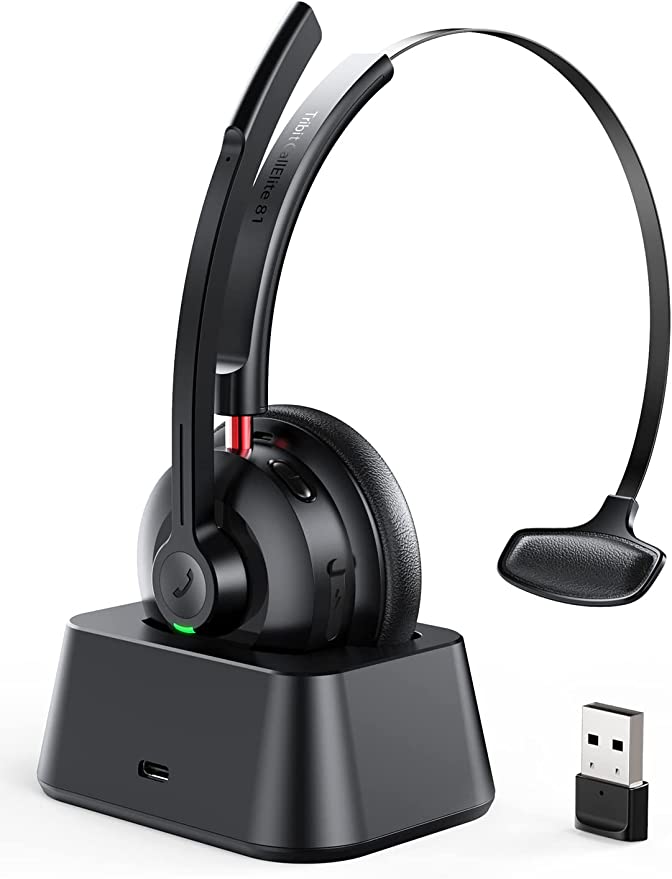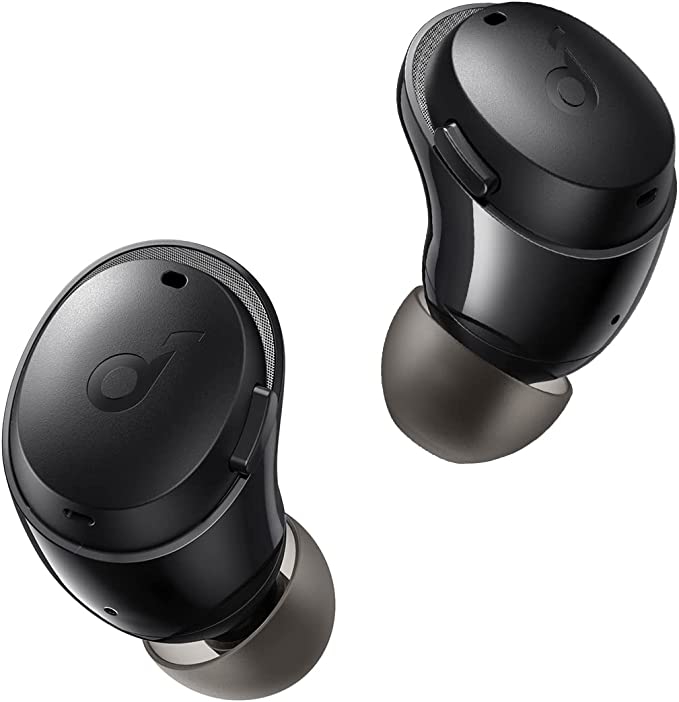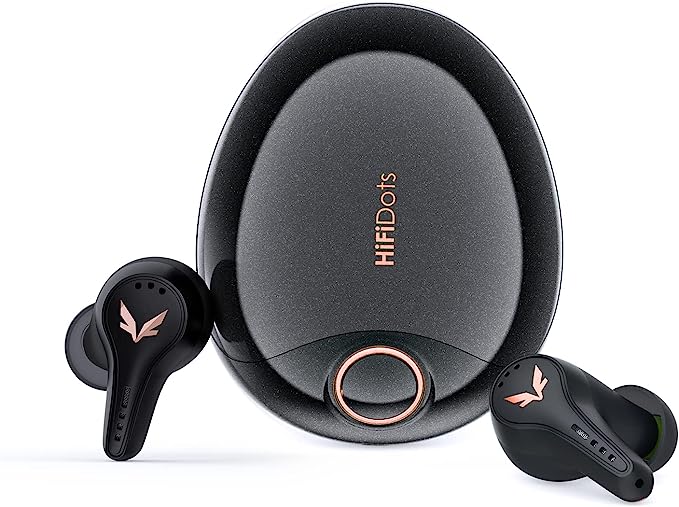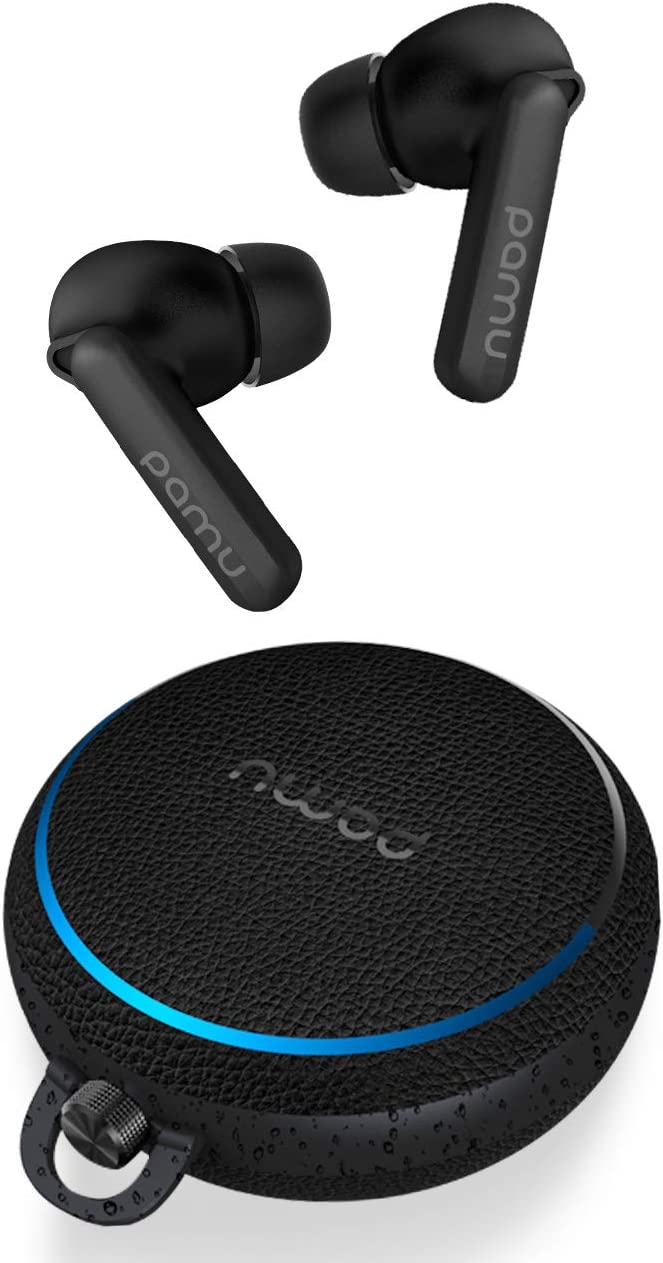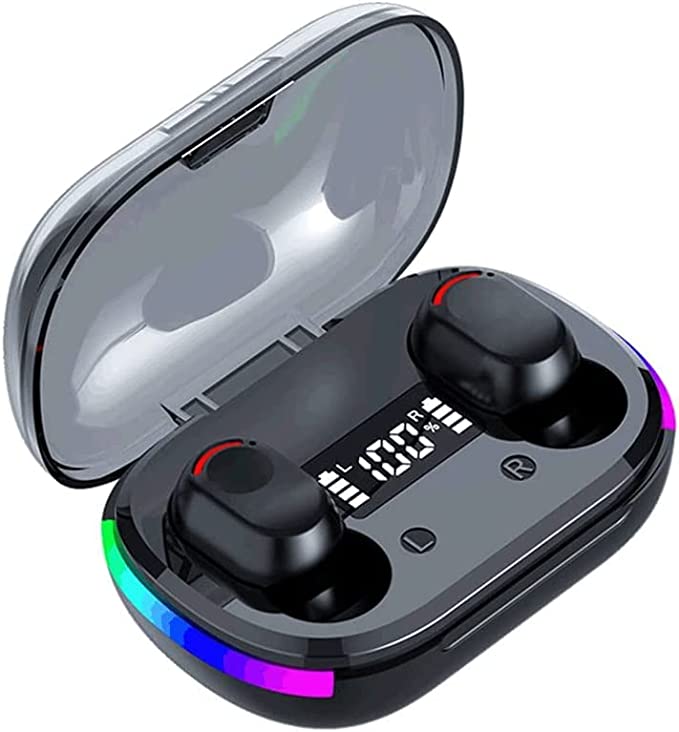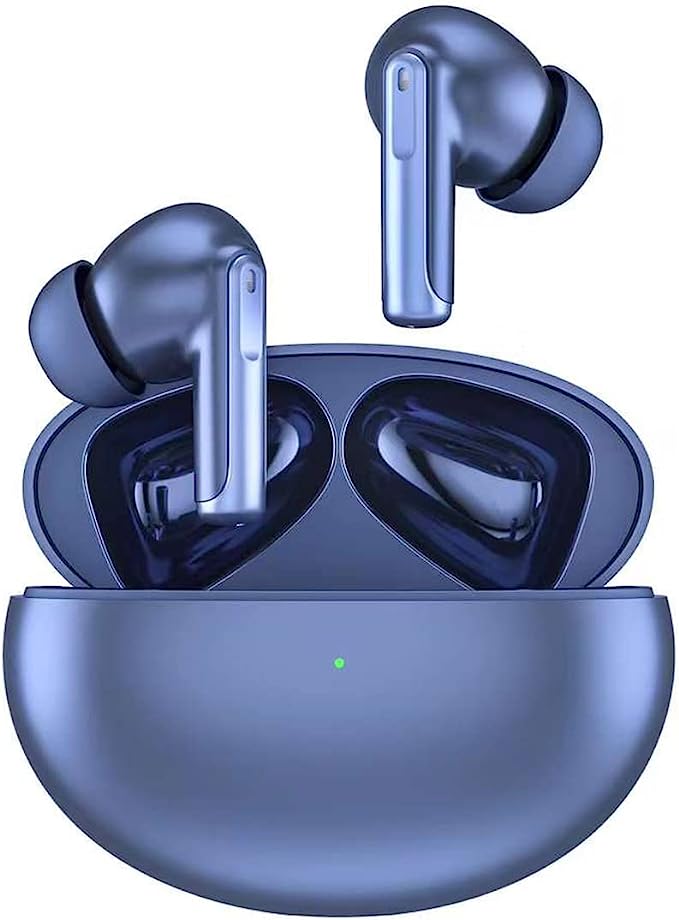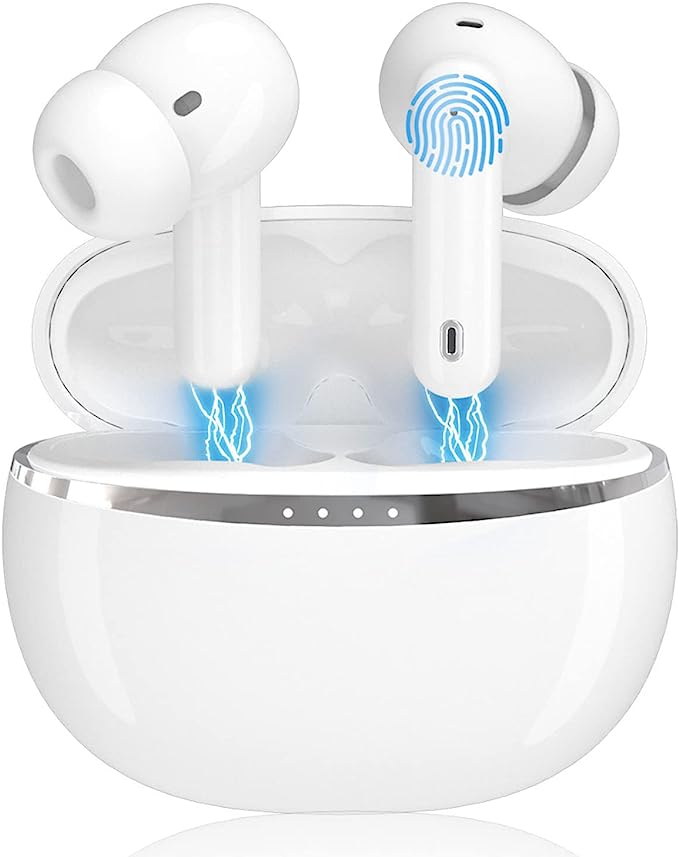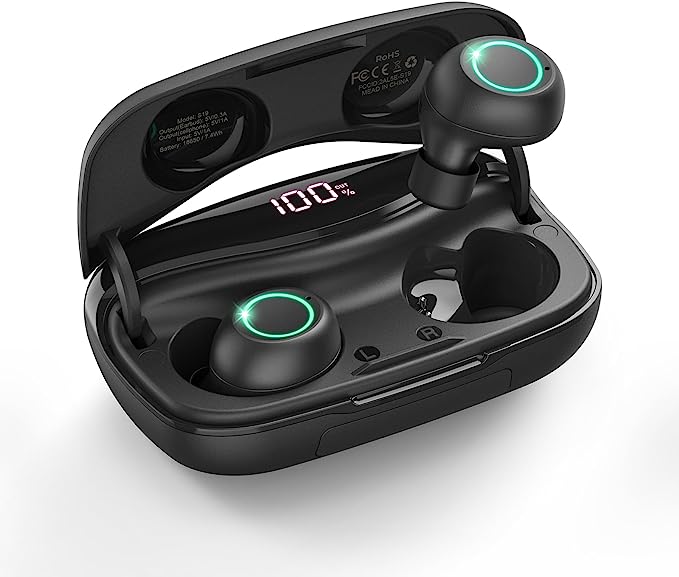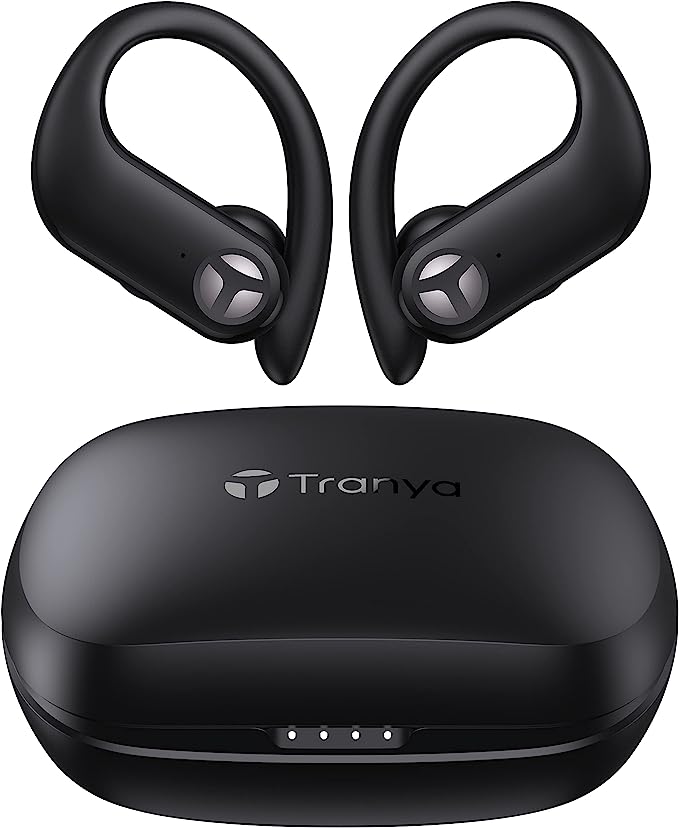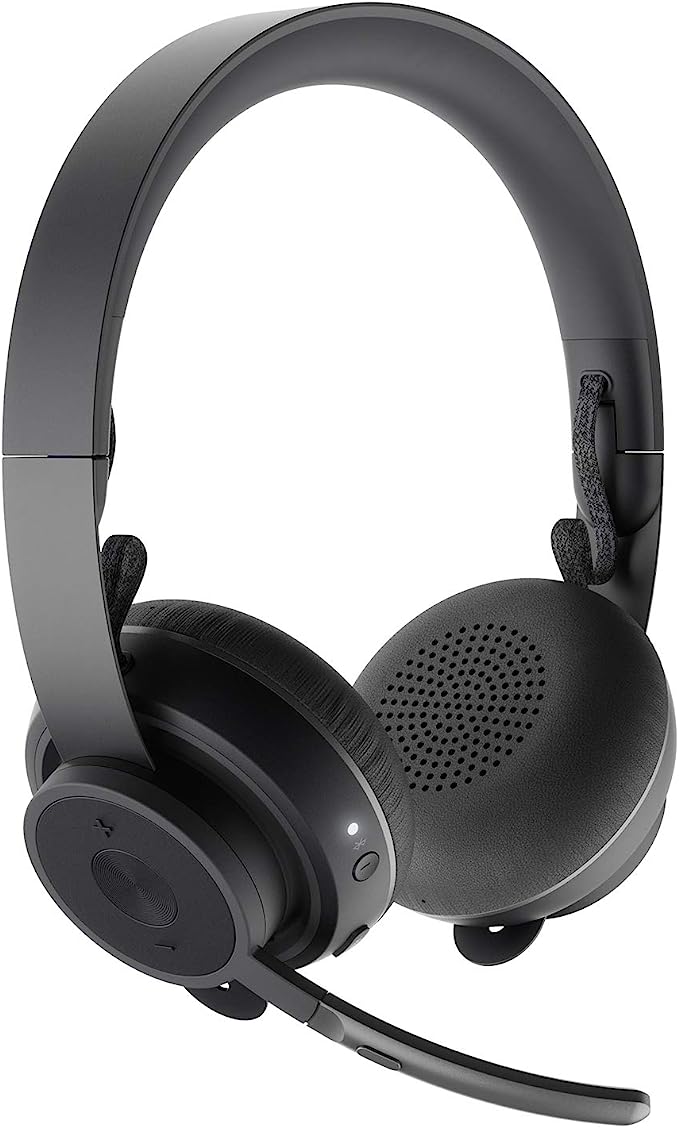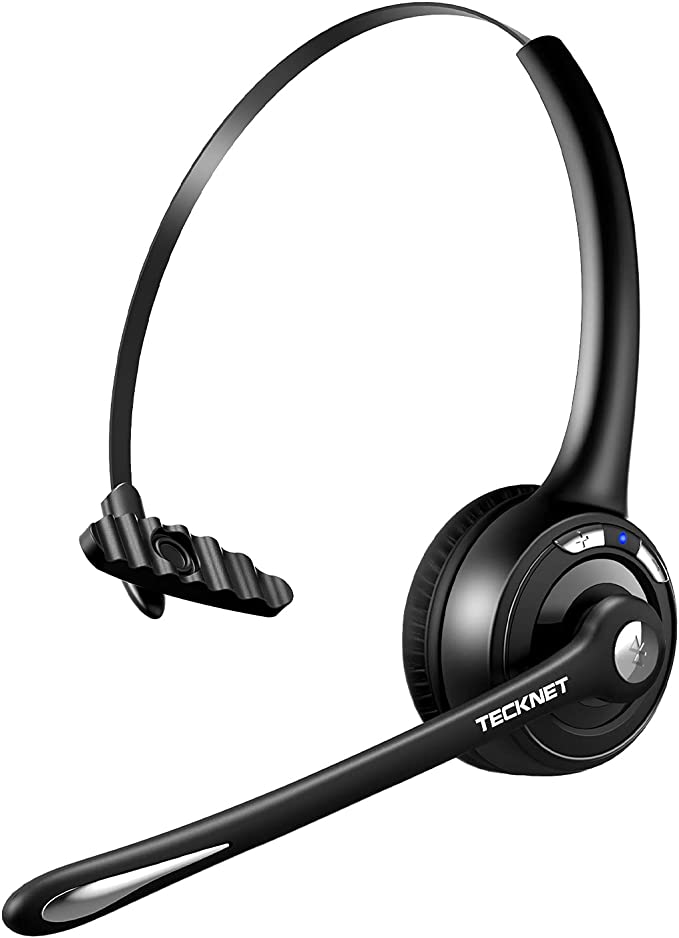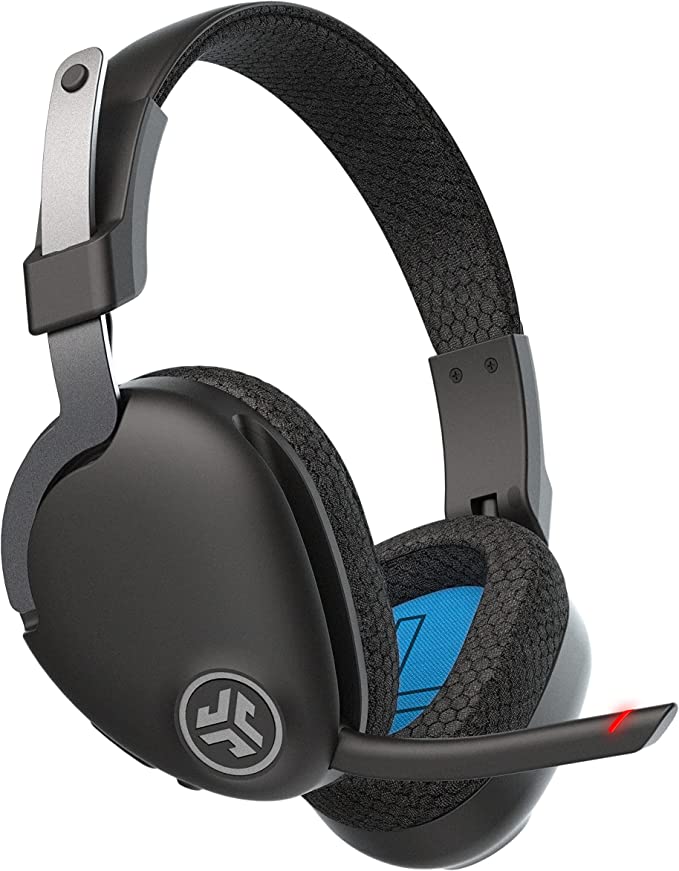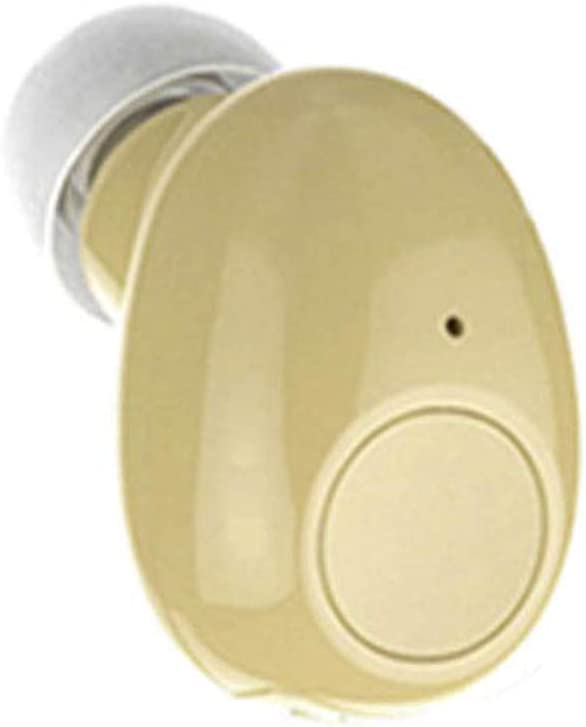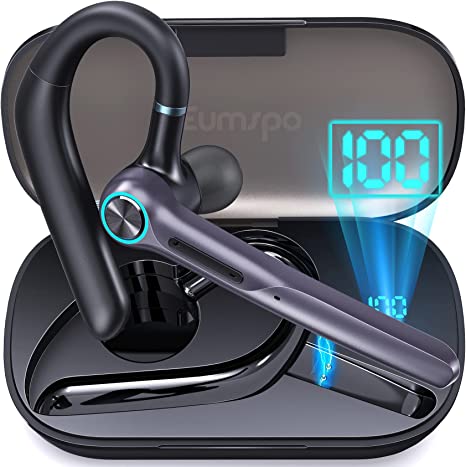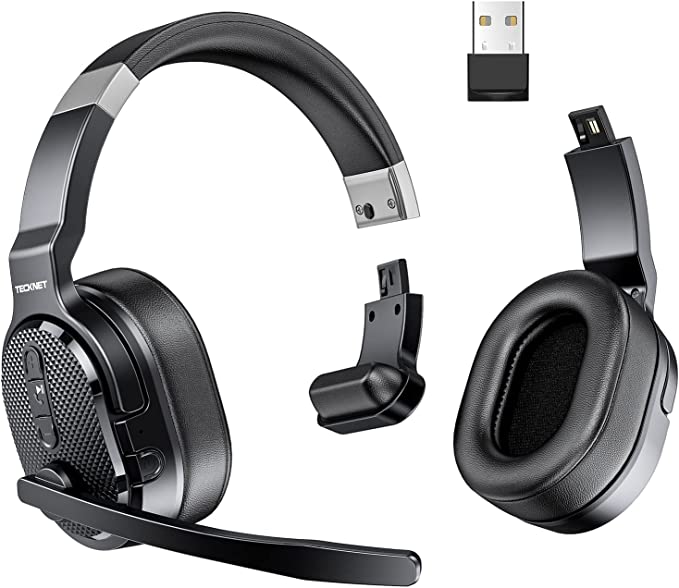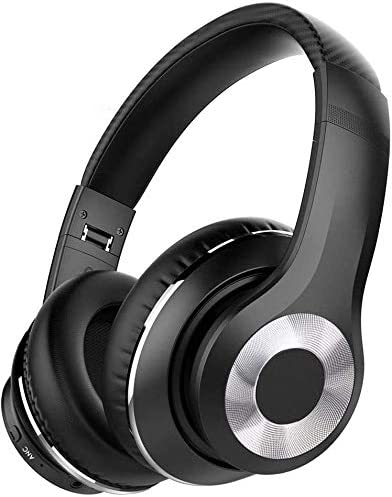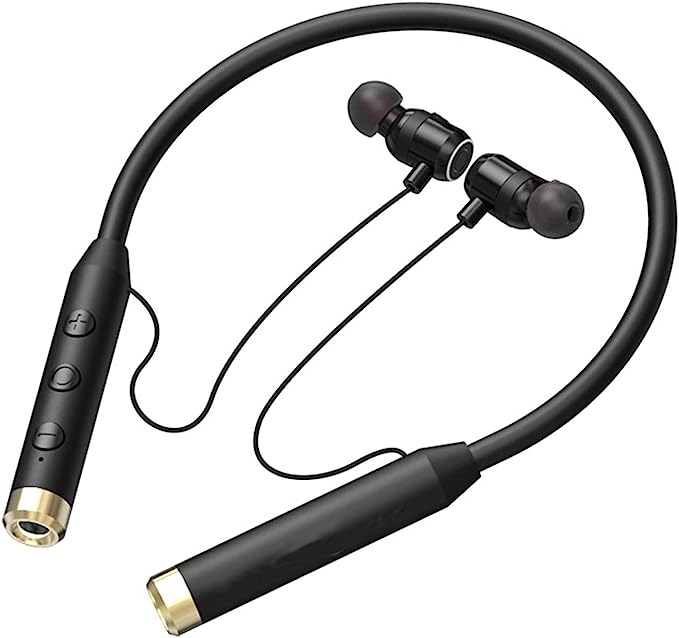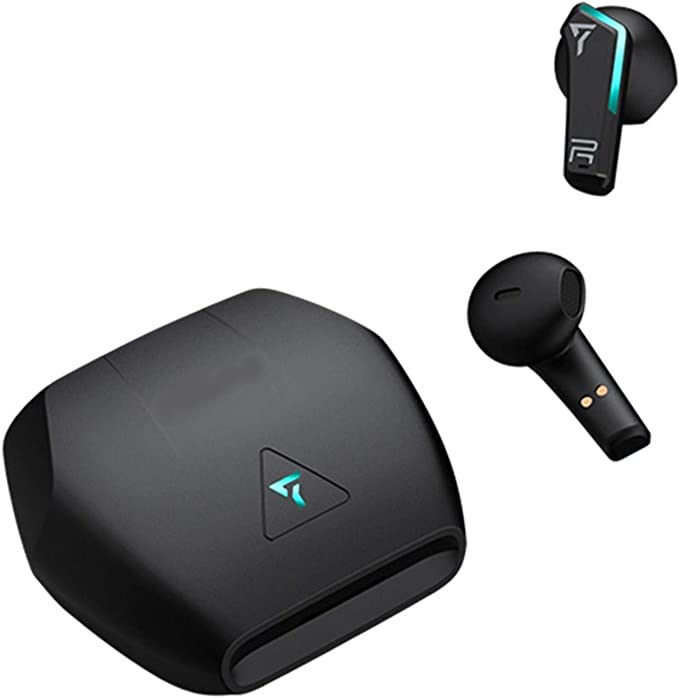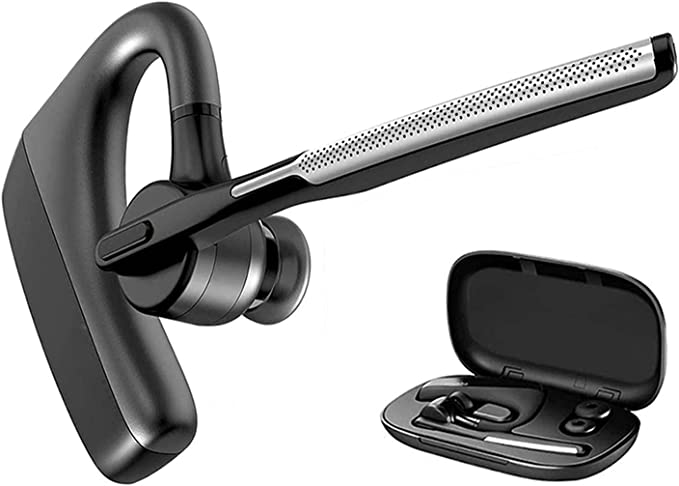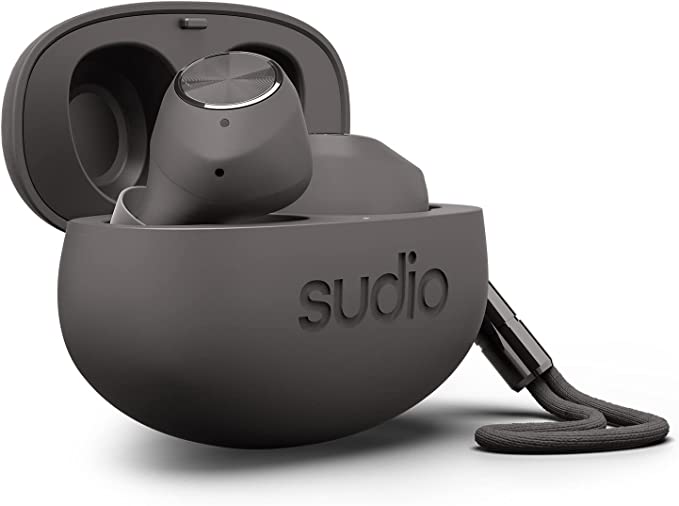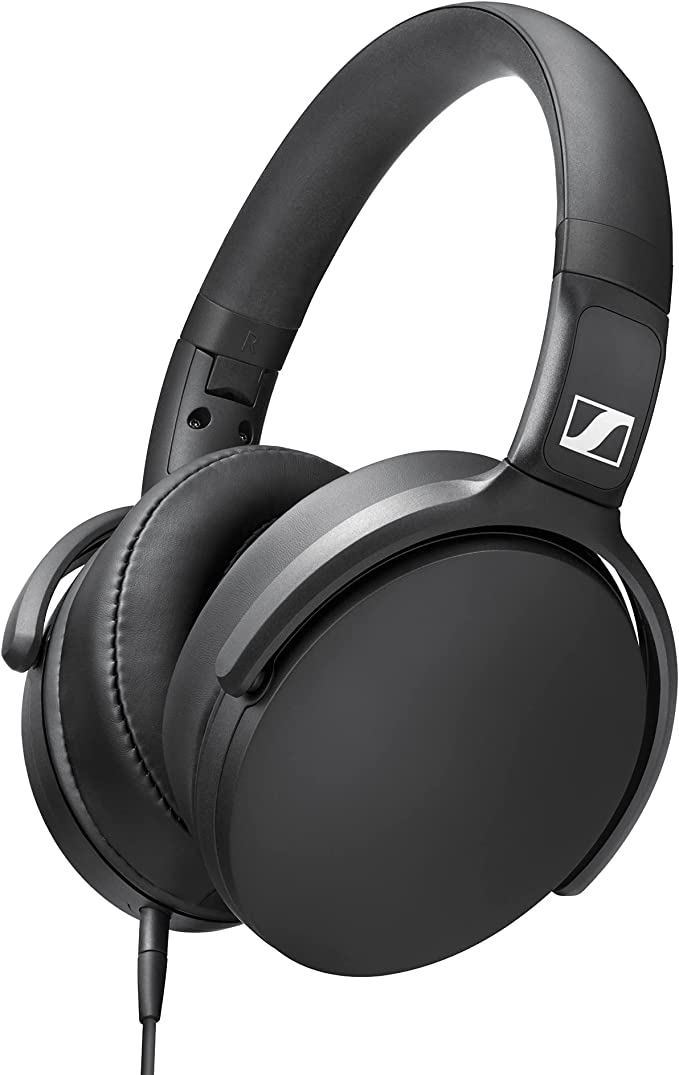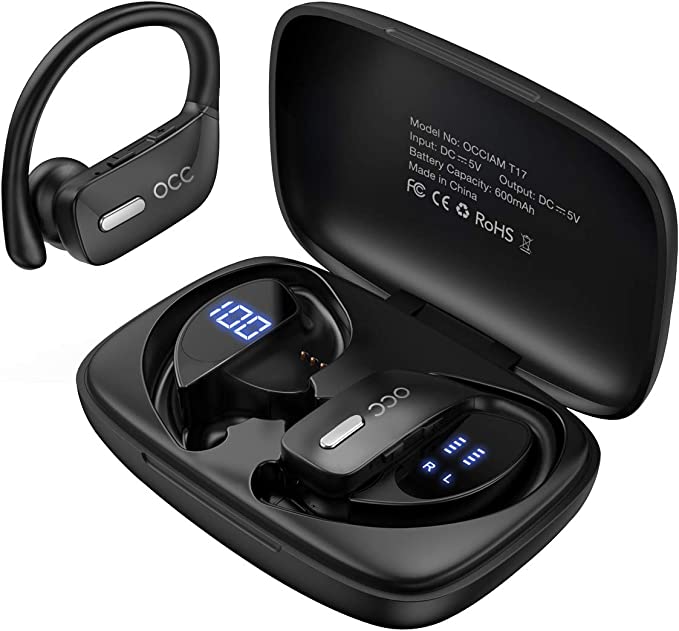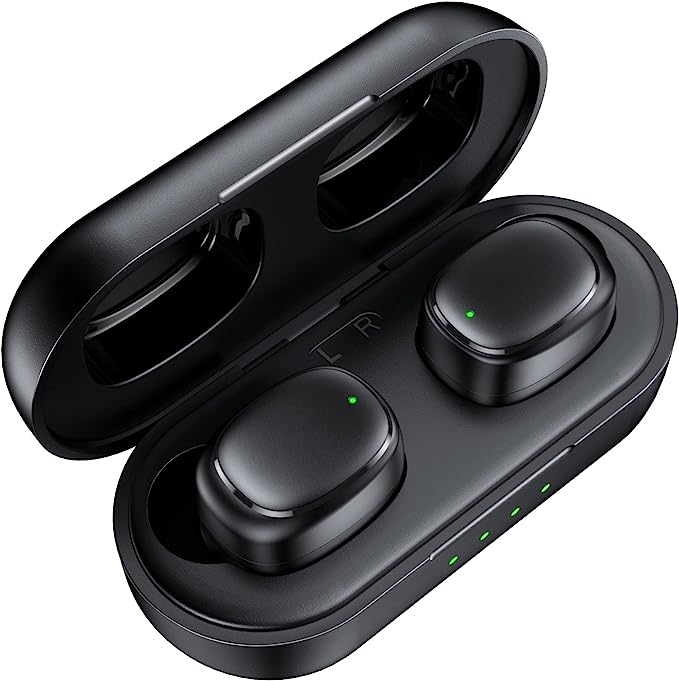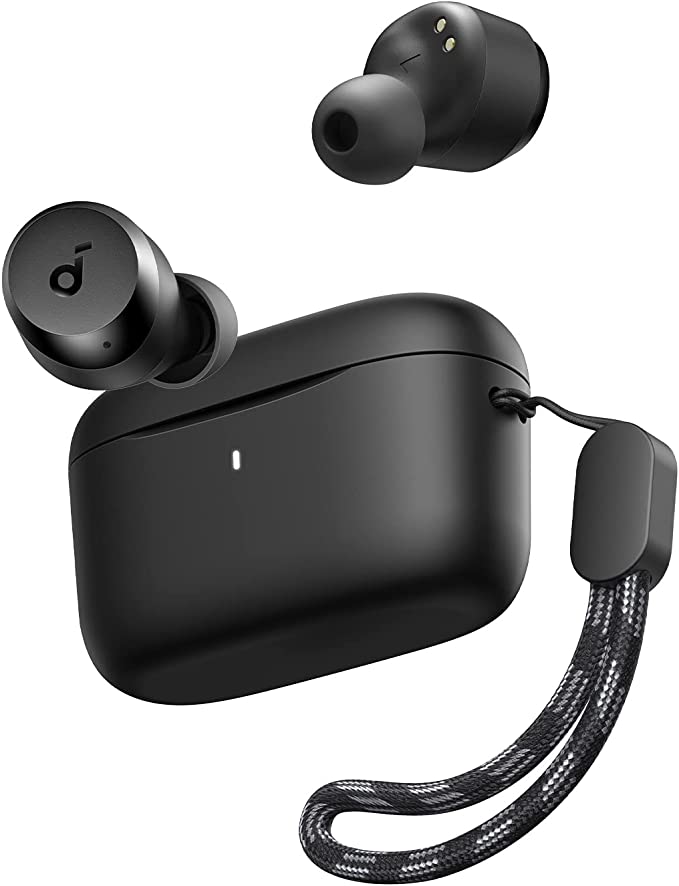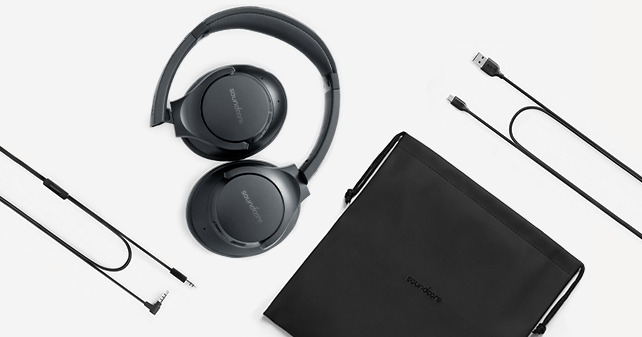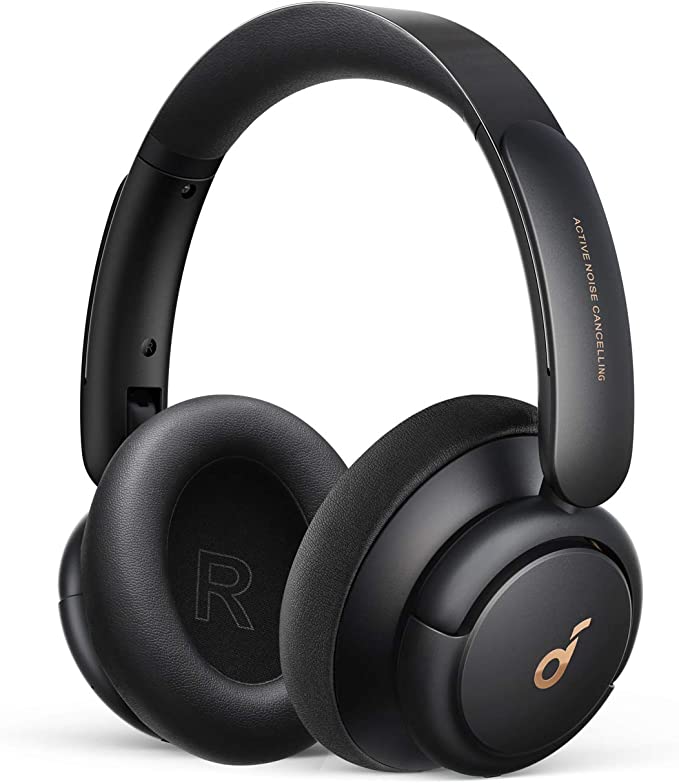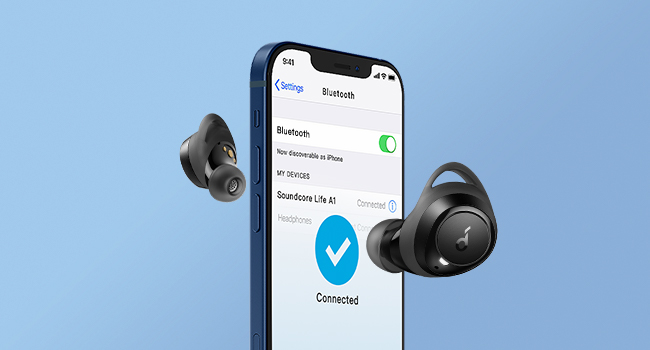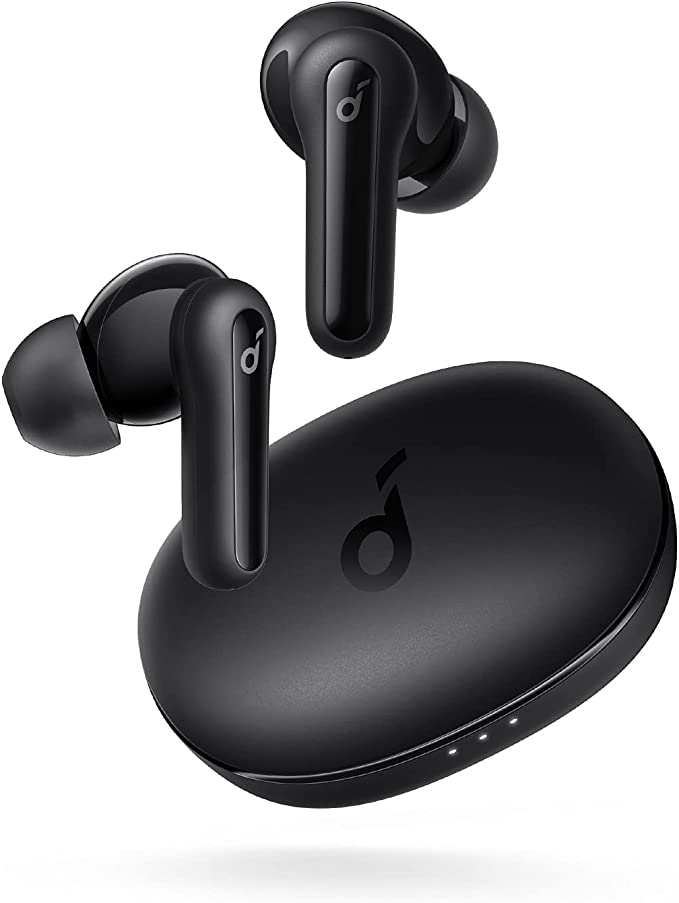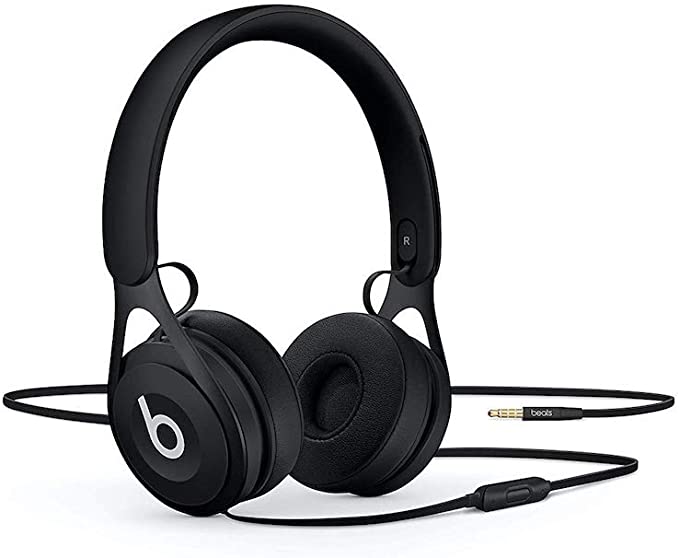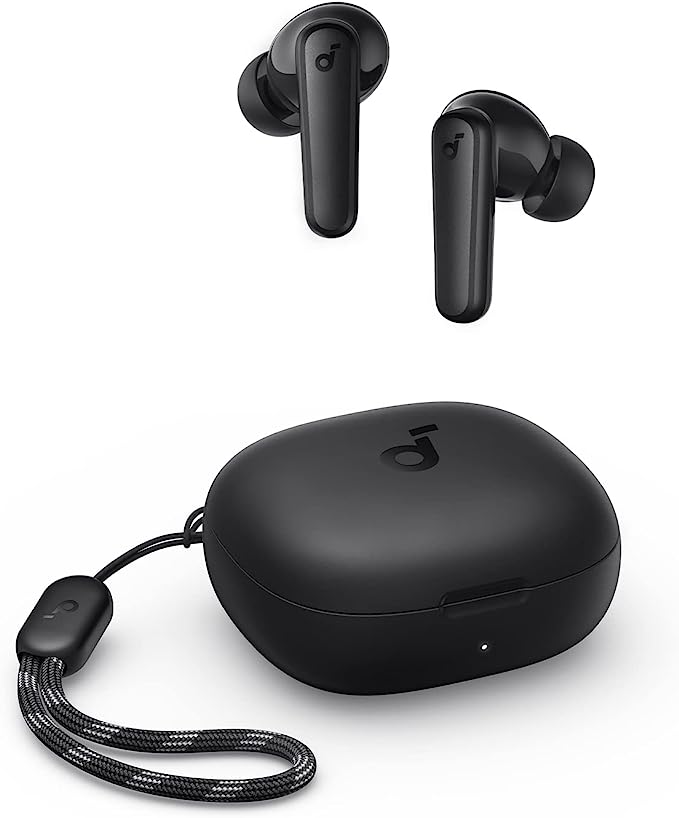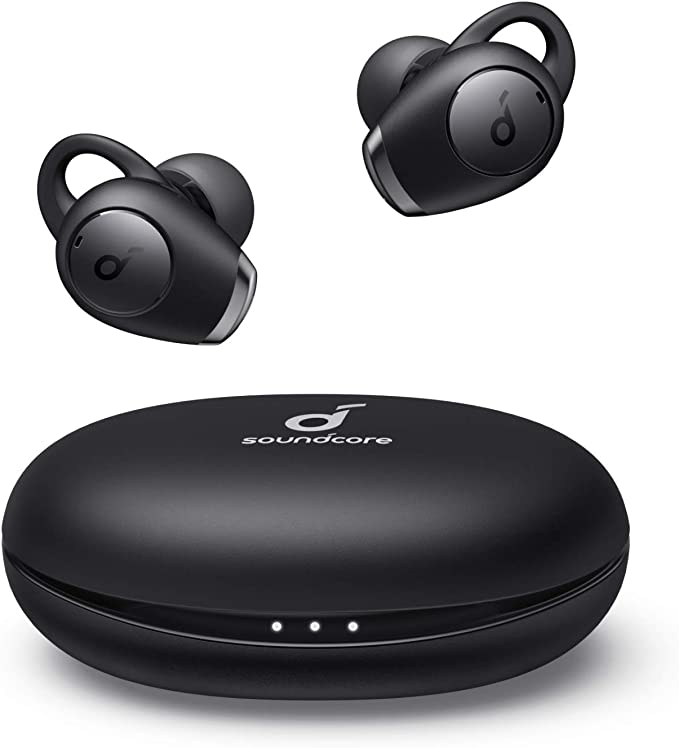NANAMI A8 Bluetooth Headset - A Decent Budget Wireless Earpiece
Update on July 3, 2025, 5:21 p.m.
In our increasingly interconnected world, the quest for seamless, hands-free communication has never been more pressing. From juggling professional calls on the go to enjoying podcasts during a commute, wireless headsets have become indispensable tools. Yet, the expectation for advanced features often comes with a premium price tag. This is where devices like the NANAMI A8 Bluetooth Headset step into the spotlight, demonstrating how clever engineering and strategic design can deliver robust performance without breaking the bank. Let’s pull back the curtain and explore the scientific principles and design philosophies that make the A8 a compelling piece of modern personal audio technology.

The Invisible Threads of Connection: Decoding Bluetooth 5.0
Imagine trying to navigate a bustling city where every conversation, every instruction, and every piece of music had to be relayed through physical cables. It would be utter chaos! This is precisely the freedom that wireless communication affords us, and at its heart for personal devices is Bluetooth technology. The NANAMI A8 comes equipped with Bluetooth 5.0, a significant leap from its predecessors, particularly version 4.2.
Think of Bluetooth as a set of digital “rules” or protocols that govern how devices like your headset and smartphone communicate wirelessly. Bluetooth operates on the 2.4 GHz Industrial, Scientific, and Medical (ISM) radio band, a universally available, license-free frequency. The leap to Bluetooth 5.0 isn’t just a number; it represents a substantial upgrade in the underlying communication architecture, much like upgrading a single-lane road to a multi-lane highway.
Specifically, Bluetooth 5.0 on the A8 delivers:
- Enhanced Speed: It boasts a data transfer rate of 24 Mbps, effectively doubling the speed of Bluetooth 4.2. This means that when your headset “shakes hands” with your phone, the connection is established almost instantly, and audio data streams with minimal delay. In programming terms, this is about optimizing the throughput of data packets.
- Increased Range: The A8 provides a robust working range of 33 feet (10 meters). This extended reach means you can leave your phone on your desk and move around a small office or room without fear of the audio dropping out. This improvement is achieved through more efficient modulation schemes and better interference management within the radio frequency spectrum.
- Improved Stability: One of the most common frustrations with older wireless devices was intermittent connections. Bluetooth 5.0 significantly enhances connection stability, making those annoying audio dropouts a rarity. It’s like having a more robust error-correction algorithm built into the communication process, ensuring data integrity even in crowded wireless environments.
For the everyday user, these technical advancements translate directly into a smoother, more reliable, and more liberating wireless experience. It’s the invisible infrastructure that keeps your conversations clear and your music flowing, wherever you are.

Powering Through Your Day: The Endurance Game
Imagine forgetting to charge your phone after a long day, only to wake up to a dead battery. Now apply that frustration to your headset, which you rely on for hands-free calls. Battery life is paramount for portable devices, and the NANAMI A8 tackles this challenge head-on.
The A8 is powered by Lithium Polymer (LiPo) batteries, a popular choice in modern consumer electronics. Unlike traditional cylindrical lithium-ion cells, LiPo batteries offer greater flexibility in shape, higher energy density by volume, and improved safety characteristics, making them ideal for compact designs. The “polymer” in their name refers to the electrolyte used, which can be solid or gel-like, allowing for thinner, more adaptable battery designs.
The impressive endurance of the A8, offering up to 12 hours of talk time and 11.5 hours of music playback, isn’t just about a large battery capacity; it’s a testament to efficient power management. Think of the headset’s internal circuitry as a miniature energy grid, meticulously directing power to various components. Sophisticated power management integrated circuits (PMICs) constantly monitor battery levels, regulate voltage, and optimize power consumption, especially when the device is idle. This intelligent “management algorithm” allows the A8 to achieve an astounding 320 hours of standby time.
And when it’s time to recharge, the A8 is designed for speed, reaching a full charge in just 1.5 hours. This rapid charging capability involves precise control of the charging current and voltage, ensuring efficient energy transfer to the LiPo cell while protecting its long-term health. It’s a delicate balance, much like carefully tuning a system to maximize output while preserving its integrity.

Cutting Through the Noise: The CVC 8.0 Difference
Picture yourself trying to have an important phone call while standing beside a busy road, or perhaps in a bustling office. The cacophony of background noise can render your voice almost unintelligible to the person on the other end. This is where noise cancellation technology becomes a game-changer, and the NANAMI A8 leverages CVC 8.0 (Clear Voice Capture) technology to ensure your voice comes through crystal clear.
Unlike Active Noise Cancellation (ANC), which focuses on canceling out ambient sounds for the listener using opposing sound waves, CVC technology is primarily designed to isolate and enhance the speaker’s voice for the person listening on the other end of the call. It’s a sophisticated form of digital noise reduction.
Here’s how it generally works: the A8’s boom microphone (a design chosen for its proximity to the mouth, optimizing voice pickup) captures both your voice and the surrounding environment. This raw audio stream is then fed into a Digital Signal Processor (DSP). Think of the DSP as a tiny, powerful computer running complex algorithms. These algorithms act like a highly intelligent audio filter:
- Noise Identification: The DSP constantly analyzes the incoming audio, identifying patterns characteristic of human speech versus those of background noise (e.g., a car horn, fan whir, or general chatter). It’s trained on vast datasets of sounds to make these distinctions.
- Voice Extraction: Once noise is identified, the DSP applies sophisticated filtering techniques to suppress it, effectively creating an “audio spotlight” on your voice. This might involve techniques like spectral subtraction or adaptive filters that learn and adjust to the changing noise environment.
- Echo Cancellation: CVC also often includes echo cancellation, preventing your voice from bouncing back to the caller from their own speaker.
The result is a dramatically clearer outgoing audio signal, allowing you to have natural conversations even when your surroundings are far from quiet. It’s a testament to how complex signal processing can transform a noisy input into a clean, professional output.

Engineered for Your Everyday: Ergonomics and Materials Science
A headset, no matter how technologically advanced, is only truly useful if it’s comfortable to wear. The NANAMI A8 showcases thoughtful engineering in its physical design, focusing on ergonomics and smart material choices to enhance the user experience.
The most striking feature is its ultralight design, weighing in at a mere 0.58 ounces (16.5 grams). To put that into perspective, that’s less than the weight of three standard US quarters. This minimal mass is critical for reducing pressure points and preventing fatigue during extended periods of wear. It’s achieved through careful selection of lightweight yet durable plastic polymers for the main housing.
Complementing its lightness is the 180° rotatable microphone. This design isn’t just a convenience; it’s an ergonomic necessity. It allows the user to easily switch the headset between the left and right ear, accommodating personal preference or adapting to specific situations (e.g., needing one ear free for situational awareness). The microphone arm can also be precisely angled for optimal voice capture, ensuring the CVC 8.0 system works most effectively.
Furthermore, the ear hook, which secures the headset to your auricle, is coated with a blend of TPU (Thermoplastic Polyurethane) and PC (Polycarbonate). This material combination is a clever choice: PC provides rigidity and strength for structural integrity, while TPU adds a softer, more flexible, and slightly grippier surface. This ensures the headset stays securely in place without causing discomfort, even during movement or long shifts. However, as some users have noted, comfort can be subjective; while the materials aim for a snug fit, individual ear shapes may experience varying levels of pressure or a slightly less secure fit, highlighting the constant challenge of universal ergonomic design.

Seamless Switching: The Multi-Point Connection Advantage
In our modern lives, it’s not uncommon to juggle multiple devices. Perhaps you have a work phone and a personal phone, or a laptop for video calls and a smartphone for quick chats. The idea of constantly disconnecting and reconnecting your headset can be cumbersome. This is where the NANAMI A8’s multi-point connection feature shines, acting like a smart routing system for your audio.
Multi-point connectivity allows the headset to be simultaneously paired with two Bluetooth-enabled devices. This doesn’t mean it plays audio from both at once, but rather it actively monitors both connections. If you’re listening to music on your laptop and a call comes in on your smartphone, the headset will intelligently pause the music and switch the audio input to your phone, allowing you to answer the call directly. Once the call ends, it seamlessly reverts to the laptop audio.
Think of it as a small, invisible network switch embedded in your headset. It prioritizes incoming calls, ensuring you never miss an important conversation, regardless of which device it originates from. This feature drastically streamlines your workflow, eliminating the need to manually switch pairings or even physically swap headsets when transitioning between devices. It’s a subtle yet powerful convenience that underscores the intelligent design of modern wireless accessories.

The Value Equation: Performance Meets Affordability
At a price point of approximately $22.99, the NANAMI A8 Bluetooth Headset presents a fascinating case study in product engineering and market positioning. How does a device integrate features like Bluetooth 5.0, long battery life, and effective noise reduction while remaining so affordable?
The answer lies in a combination of factors, often involving smart component selection and optimization for core functionalities. Instead of incorporating high-cost features like premium audio codecs (e.g., aptX, LDAC) or advanced active noise cancellation (ANC) that would significantly drive up the price, the A8 focuses on delivering solid performance where it matters most for its target audience: clear communication and reliable wireless connectivity.
User feedback often highlights this balance. Many appreciate its exceptional battery life and call quality for the price, echoing sentiments like “Better Than Most In This Price Range” and “Battery is very good. Sound on both ends no problem.” This suggests that for its primary use case—hands-free calling and everyday listening—the A8 delivers robust value. However, some feedback also points to its inherent limitations, such as “not as small as some previous brands” or “doesn’t cancel out the noise very well” (referring to environmental listening, not call clarity) and “low bass,” which are common trade-offs in this budget segment. The design choice of the ear hook, while ensuring stability, has also been noted as potentially bulky or causing soreness for some users, illustrating the universal challenge of designing products that fit every individual perfectly.
These points illustrate the engineering trade-offs inherent in any product design. To achieve an accessible price point, manufacturers must make conscious decisions about where to invest resources and where to accept compromises. The A8’s strength lies in its ability to deliver a strong set of core features reliably, proving that advanced wireless technology doesn’t have to be prohibitively expensive.
Looking Ahead: The Future of Personal Wireless Audio
The journey of personal wireless audio, from bulky early prototypes to today’s sleek, feature-rich devices, is a testament to relentless innovation. The NANAMI A8 stands as a current example of how technologies like Bluetooth 5.0 and advanced digital signal processing can be democratized, making sophisticated communication tools accessible to everyone.
As we look to the future, the evolution will likely continue on several fronts: even lower power consumption for multi-day battery life, higher fidelity audio codecs becoming more ubiquitous even in budget devices, and increasingly intelligent algorithms for personalized sound experiences and environmental awareness. Wearable audio will likely become even more seamlessly integrated into our daily lives, moving beyond mere communication tools to become personal assistants, health monitors, and augmented reality interfaces.
The NANAMI A8 reminds us that progress isn’t solely defined by groundbreaking new inventions, but also by the consistent refinement and broader application of existing technologies. It’s about taking complex engineering and packaging it into a reliable, affordable device that genuinely enhances our daily interactions. In a world that demands constant connection, the quiet work of engineers ensures that the threads of our conversations, no matter where we are, remain strong and clear.
